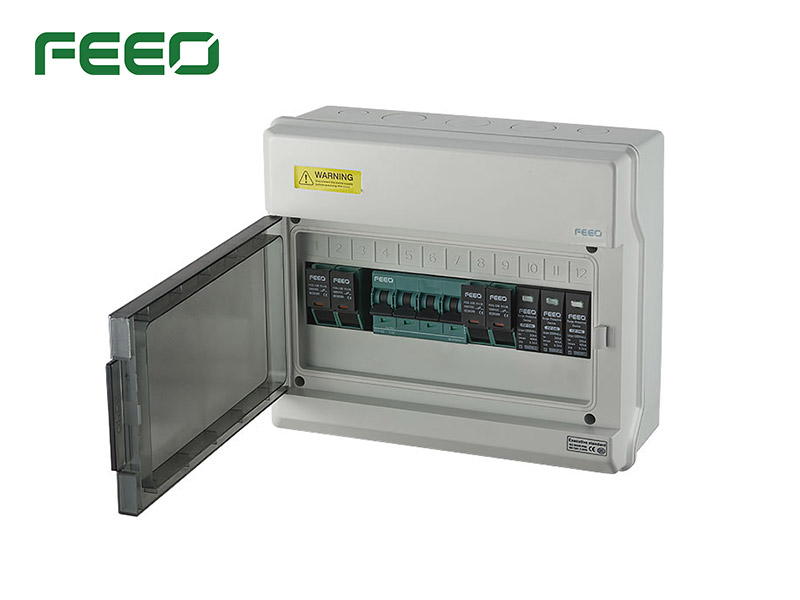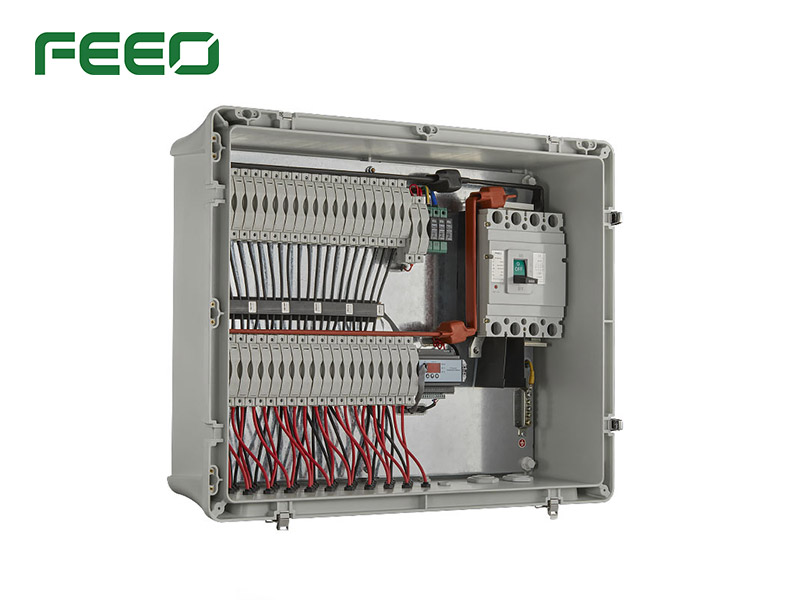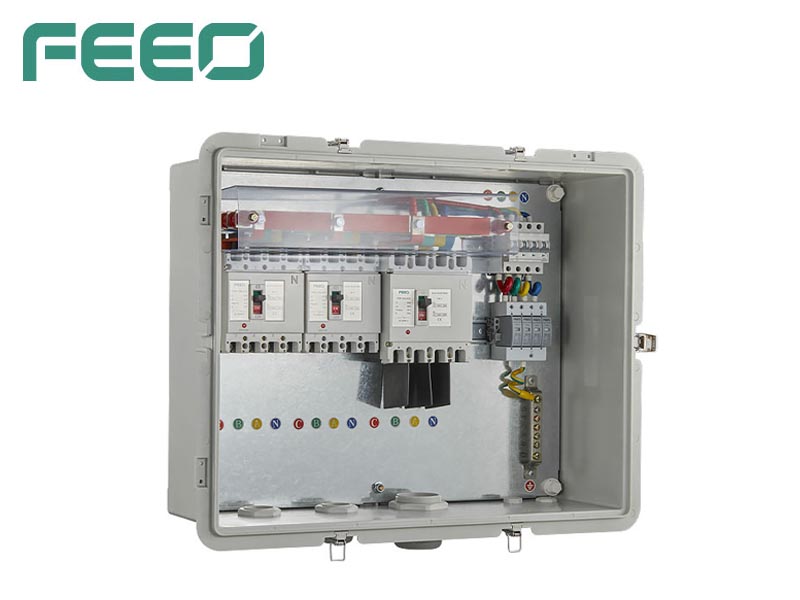Photovoltaic hot news
On June 24th, in order to ensure the safety, high quality, economic operation and orderly operation of power system in Guangdong, Guangxi, Yunnan, Guizhou and Hainan provinces (regions), and to promote the coordinated development of source network, load and storage, the Southern Energy Regulatory Bureau of the National Energy Administration officially issued the notice of "Implementation Rules for Grid-connected Operation Management of Southern Regional Power" and "Implementation Rules for Auxiliary Service Management of Southern Regional Power". Among them, for wind power, photovoltaic, new energy storage and adjustable load, the differentiated grid-connected management and auxiliary service implementation management rules were issued for the first time.
The new edition of "Two Rules" establishes special rules for wind power, photovoltaic, new energy storage and adjustable load, greatly expands the dimensions of participants and auxiliary service varieties, and establishes new principles for compensation and sharing of auxiliary services. The new edition of the "Two Rules" of the southern region will be organized and run for six months from the date of issuance, and will be officially implemented on January 1, 2023.
https://mp.weixin.qq.com/s/OF48L0b51-Xu9ukVTKQBEw
Draft of Supplementary Notice on Matters Related to Settlement and Trial Operation of Shandong Electric Spot Market in 2022 drafted by shandong energy Supervision Office, Provincial Development and Reform Commission and Provincial Energy Bureau. The Exposure Draft states:
Support the combination of new energy projects and supporting construction energy storage, and participate in market transactions and settlement as a market subject. The electricity that fails to win the bid due to the quotation is not included in the statistics of new energy abandoned electricity. Since July this year, the non-household decentralized wind power and distributed photovoltaic (excluding poverty alleviation projects) connected to the grid with a voltage level of 10 kV and above in the province will be included in the market deviation cost sharing scope (including unit start-up cost, compensation cost of special units, frequency modulation service cost and matching deviation cost of optimal generation and optimal purchase curve). From January next year, non-household wind and light distribution and newly-built household distribution (excluding poverty alleviation) in the province will be included in the scope of market deviation cost sharing. Subsequently, all new energy power generation enterprises (excluding poverty alleviation projects) will be gradually included in the scope of trading entities in the electricity market, and the market deviation cost will be shared based on all their online electricity consumption.
https://mp.weixin.qq.com/s/vNZzE31xppvqGoAFUmnbEg
The total investment of the project is about US$ 226 million, of which the fixed assets investment is about US$ 76 million. After the project is completed, the required operating capital is about US$ 150 million. The construction period of the project is 3 years, and the annual production capacity of high-efficiency battery packaging film is 250 million square meters after completion. At present, the project is in the preparatory stage.
https://mp.weixin.qq.com/s/A3XzIPHBbTmU_2LIktuXDw
In order to support the construction of 25GW renewable energy power generation facilities on public land, Biden's government reduced the land lease fees for the construction of such facilities. The announcement of the Bureau of Land Management (BLM) shows that the rent and expenses will be reduced by more than 50% due to the reduction of rent and standard electricity price. According to the report, in 2021, the U.S. Bureau of Land Management approved 12 projects with a total installed capacity of 2,890MW of geothermal energy and solar energy. Solar power generation facilities account for 96.5% of the total installed capacity of various projects in Arizona, New Mexico, Utah, Nevada and California. This means an increase of 35% over the installed capacity of 2,148MW deployed in 2020.
Looking forward to the future, the U.S. Bureau of Land Management will have enough capacity to achieve its 2025 goal only through solar power generation, because the total installed capacity of 39 projects to be built will be as high as 29,596MW. Among them, 28 projects are promoted by the applicant, while 11 potential facilities are initiated by the U.S. Bureau of Land Management and provide specific and pre-approved development land.



